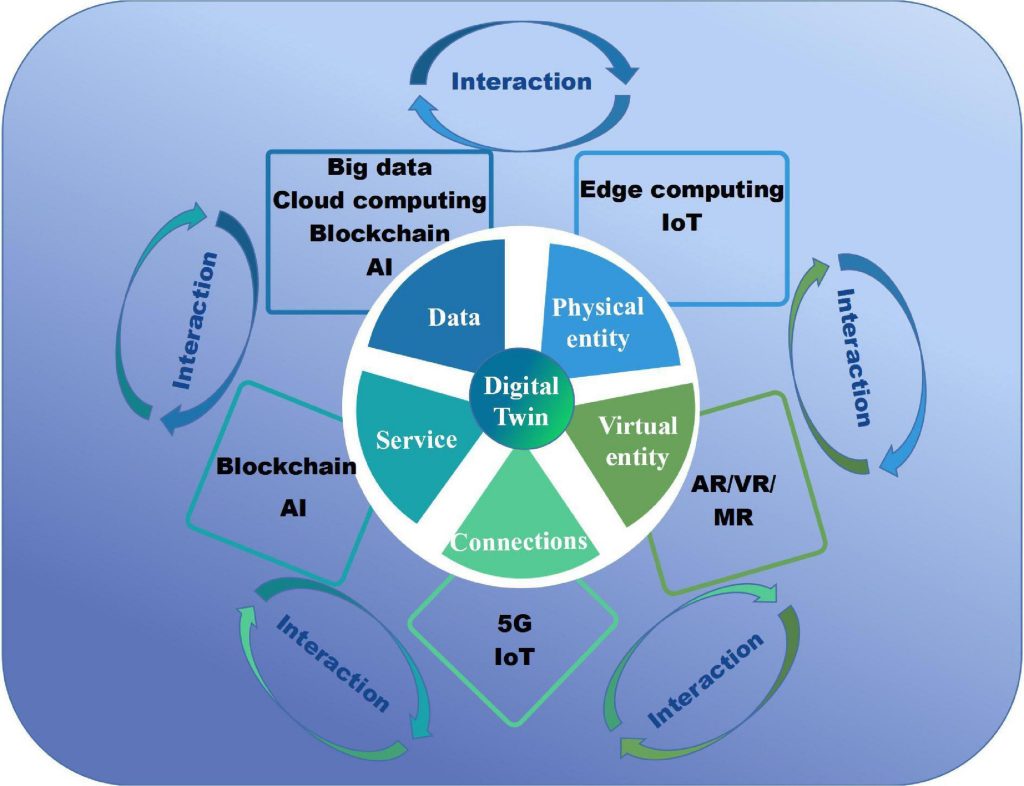What strategies can businesses adopt to ensure enhanced reliability and performance? How can companies use modern innovations to anticipate and solve issues before they escalate? One innovative approach involves integrating advanced simulation tools with investigative techniques to enhance system resilience.
One prominent example of this combination is integrating digital twin technology with root cause analysis. When used together, these two methodologies form a powerful alliance that helps organizations enhance their systems’ reliability. This article will explore how this integration works and the benefits it brings to businesses looking to improve their operations.
Root Cause Analysis: A Crucial Investigative Tool
Root cause analysis (RCA) is a vital tool for investigating problems in various industrial systems. The main goal of this technique is to determine the origin of a failure or malfunction to prevent it from recurring. RCA relies on a structured approach to identify the factors leading to a specific issue, focusing on understanding why a problem occurred rather than merely addressing its symptoms.
Root cause analysis becomes significantly more powerful when paired with advanced simulation models. The process efficiency as provides detailed insights into how and why an issue occurs. This makes the investigation process faster and more efficient.
How Does the Integration of Digital Twins and Root Cause Analysis Work?
Fusing simulation tools with investigative techniques enhances system reliability by providing detailed, real-time insights. The virtual model and RCA create a powerful tool for predictive analysis, fault detection, and issue resolution. Here’s how the two work together:
- Real-Time Monitoring: Virtual replicas monitor the physical asset continuously, collecting real-time data on performance, failures, and anomalies. This data offers valuable context when investigating issues using RCA.
- Detailed Insights: The virtual model provides a detailed view of each component and its interactions within the system, making it easier to identify the exact root cause of any issue.
- Predictive Capabilities: This integration can forecast potential failures by continuously analysing data, enabling proactive maintenance before major breakdowns occur.
Advantages of Integrating Digital Twin Technology with Root Cause Analysis
1. Enhanced System Reliability
By merging virtual replicas and RCA, businesses can significantly improve the reliability of their systems. Continuous monitoring detects issues early and quickly identifies the root cause, preventing long-term damage.
2. Proactive Maintenance
The integration encourages a shift from reactive to proactive maintenance. Instead of waiting for a system failure to occur, businesses can anticipate problems through continuous monitoring and predictive analysis.
3. Faster Problem Resolution
With access to real-time data and detailed insights from virtual simulations, identifying the underlying causes of issues becomes faster and more streamlined. When aided by virtual models, RCA minimizes downtime and ensures quick resolution.
4. Cost Savings
Proactive maintenance reduces operational costs by preventing system failures. Fewer breakdowns mean less repair work, lower replacement costs, and improved asset longevity. This integration leads to more efficient resource allocation and overall cost reductions.
Using Digital Twin Models for Complex Systems
In complex industries like aerospace, manufacturing, or energy production, systems often comprise numerous interconnected components. Managing such intricate structures can be challenging, especially when troubleshooting malfunctions By employing virtual models of these complex systems, companies can simulate how various components interact.
This allows them to isolate problem areas. This helps examine potential causes, and test solutions virtually before applying them to the physical system. This approach streamlines the investigative process, particularly in environments where downtime is costly.
Integrating digital twin technology with root cause analysis offers a powerful approach to improving system reliability. These aspects enhance system performance and allow companies to transition from reactive to proactive maintenance strategies, ultimately leading to cost savings and greater operational efficiency. As these technologies evolve, their role in maintaining the health and reliability of complex systems will only continue to grow.

